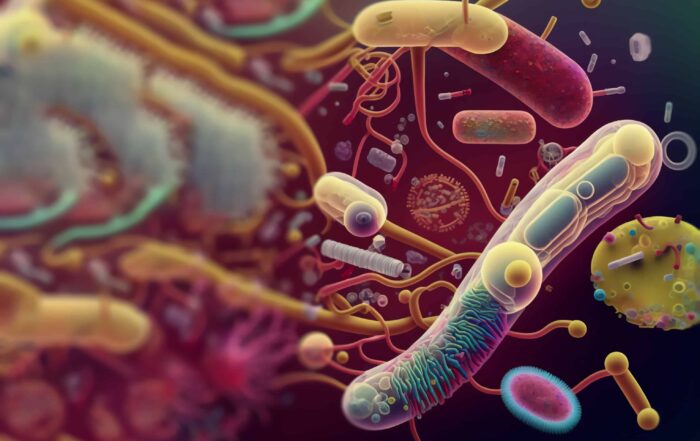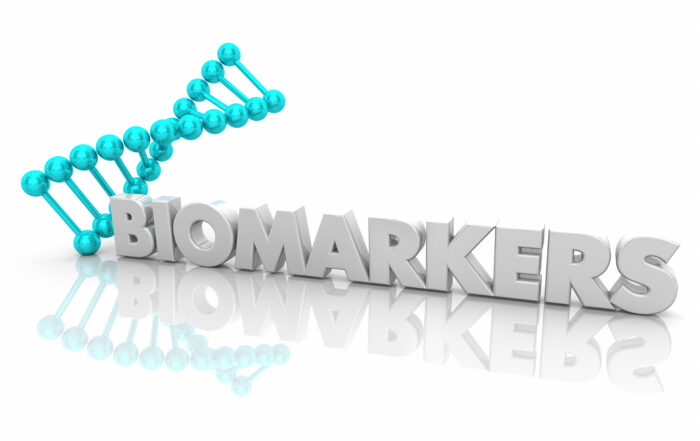 While the diagnosis of some syndromes is fairly straightforward, diagnosing autism spectrum disorders (ASD) has been and continues to be a challenge. In this editorial, I review the progress we have made in diagnosing ASD, look at the current status of screening efforts, and describe the promise and limitations of biomarkers.
While the diagnosis of some syndromes is fairly straightforward, diagnosing autism spectrum disorders (ASD) has been and continues to be a challenge. In this editorial, I review the progress we have made in diagnosing ASD, look at the current status of screening efforts, and describe the promise and limitations of biomarkers.
The history of ASD diagnosis
In 1943, Leo Kanner wrote a detailed description of many core symptoms and behaviors of nearly a dozen individuals with autism. His description is still generally accepted within the autism community even though the diagnosis of autism has changed over the past 76 years.
The first widely accepted diagnostic criteria for autism were established by the British Working Group in 1961. This group was chaired by Dr. Mildred Creak, one of the legendary pioneers in the field. The criteria consisted of a specific list of observable symptoms and behaviors that were required in order to receive a formal diagnosis of autism.

A few years later, Dr. Bernard Rimland developed a checklist for professionals and parents that was designed specifically to diagnose Kanner’s syndrome or classical autism. The first version, titled the Diagnostic Checklist for Behavior-Disturbed Children, appeared in his 1964 seminal book Infantile Autism: The Syndrome and Its Implications for a Neural Theory of Behavior. Several years after that, Dr. Rimland published a revised version which appeared in later editions of his book and is still distributed and scored free of charge by the Autism Research Institute.
Research on the validity of Dr. Rimland’s checklist has been mixed. Unfortunately, most investigations have included children on the entire autism spectrum rather than those clinically assessed as having classical autism or Kanner syndrome.
In their first mention of autism, the American Psychiatric Association described children who exhibited “autistic, atypical and withdrawn behavior,” but this was part of the diagnostic criteria for childhood schizophrenia (Diagnostic and Statistical Manual, DSM-II, 1968). It was not until 12 years later that “infantile autism” had its own category (DSM-III, 1980). Seven years after that, autism was more clearly defined in the revised edition (DSM-IIIR, 1987). Additional changes to the criteria for autism were made in DSM-IV (1994), DSM-IVR (2000), and DSM-V (2013).
Currently, several diagnostic assessment tools are based on the criteria established by the American Psychiatric Association. These include the Autism Diagnostic Interview (ADI), the Autism Diagnostic Observation Scales (ADOS), the Child Autism Spectrum Test (CAST), the Childhood Autism Rating Scale (CARS), and the Gilliam Autism Rating Scale (GARS).
It is now becoming clear that physical symptoms often associated with autism, including medical comorbidities, should be included as part of an autism diagnosis. Examples include anxiety, gastrointestinal distress, immunological and metabolic impairment, and sleep problems.
The status of screening efforts
The American Academy of Pediatrics urges that all children be evaluated for autism between the ages of 18 months and 24 months. The main goal of screening, especially during the first two years of development, is to begin early intervention services.
Screening tools have been developed to determine whether or not a child should receive extensive evaluation for autism. The most popular screening tool is the Modified Checklist for Autism in Toddlers (MCHAT), which was developed to assess children between 16 and 30 months of age.
The MCHAT, which is widely accepted as a valid screening tool for autism, was recently examined in a large-scale community-based study published in Pediatrics. The results were quite disappointing, revealing that more than 60% of children were not correctly screened for autism. As a result, numerous children may not have received life-changing intervention as early as possible, and thus they may not have progressed as well as those who were properly screened.
The findings also showed that females and children of color, as well as children in low-income families, were often not screened properly. Not surprisingly, these findings are consistent with numerous published studies over the past five years that have documented an under-representation of autism in these three groups.
The future of biomarkers
Research on biomarkers for autism is moving forward quite rapidly, and many commercial tests will be available in the not-too distant future. The goal of biomarker research is to identify specific biological impairments that are highly correlated with autism.
We should not assume, however, that one screening tool, diagnostic test, and/or biomarker will account for the entire autism spectrum. It may be the case that several or even many such tests will be necessary to diagnose all forms of autism.
Due to cost and/or limited availability, not all children will be able to undergo a complete battery of biomarker tests, such as analysis of blood samples and assessment of brain activity and sensory reactions. Consequently, screening tests should be designed to identify possible subtypes so biomarkers can then be used as part of the formal diagnostic evaluation.
Since biomarkers will help us to identify specific subgroups of autism, they are likely to show that not all evidence-based treatments are optimally effective for everyone on the spectrum. Once subtypes are established, much of the research on treatments will need to be reevaluated.
Looking forward
We have come a long way since Kanner’s first description of autism, but as the results of the MCHAT study show, we still have a long way to go to reach the goal of diagnosing all individuals with autism as quickly and accurately as possible.
What we now need is a coordinated effort among screening tool developers, clinicians, and researchers that will allow for a synergistic understanding of the important relationship among screening, biomarkers, and diagnosis. Furthermore, we need to close the gaps when it comes to diagnosing autism in females, children of color, and low-income children, as well as adults and seniors with ASD. The better our diagnostic and screening efforts become, the closer we will come to enabling all individuals with ASD to realize their full potential.
Stephen M. Edelson, Ph.D.
Executive Director, Autism Research Institute
This editorial also appeared in Autism Research Review International, Vol. 33, No. 4, 2019
Editorial – Fecal Microbiota Transplantation and Autism
Over the past several years, Fecal Microbiota Transplantation (FMT) has become the subject of growing interest in the autism community due, at least in part, to the increased awareness of the gut-brain
ARI’s Latest Accomplishments
Connecting investigators, professionals, parents, and autistic people worldwide is essential for effective advocacy. Throughout 2023, we continued our work offering focus on education while funding and support research on genetics, neurology, co-occurring medical
Biomarkers start telling us a story: Autism pathophysiology revisited
Antonio Persico, MD, a recent ARI Research Grant recipient, explores the role of biomarkers in understanding autism pathophysiology. He discusses the complexity inherent to neurodevelopmental conditions and emphasizes the need to combine




